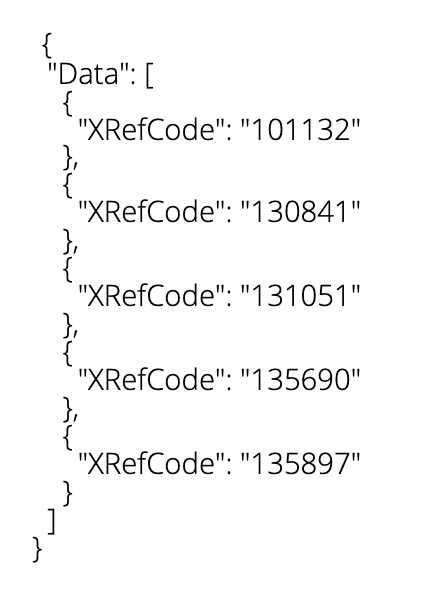Celigo is a leading IPaaS platform that works to connect applications in order to automate business processes. It can be used to create integrations between a wide range of applications, and comes with a large database of pre-built connectors which makes it easy to build robust integrations quickly. As with similar IPaaS platforms, Celigo is scalable, reliable and secure.
Celigo also provides a wide range configuration options. In this blog, we will discuss the ‘One to many’ configuration that is available at the connector level. One of the most common issues this configuration solves is the case when input data has child records that should each be considered as a parent record.
If the records being processed are JSON objects, the ‘Path to many’ field can be used to enter the JSON path to child records. This field need not be set for array or row based data.
This configuration is also very helpful when an API call needs to be made for each record in the array by fetching some unique parameter (URI) from each of these records and including it in the API calls.
Below is an example –
Let’s assume that the HTTP export of lookup data is in the following format –

And let’s say the need is to split this into five separate API requests, with XRefCode embedded into the URL
Inorder to accomplish this,
- The ‘One to many’ needs to be set to ‘Yes’.
- The Path to many needs to set to ‘Data’. This way, it will iterate through the objects in the ‘Data’ array.
3. ‘XRefCode’ can now to be added to the Relative URI
The above setup will generate multiple API requests (shown below) as desired –
/api/xyzcompany/v1/Customers/101132
/api/xyzcompany/v1/Customers/130841
/api/xyzcompany/v1/Customers/131051
/api/xyzcompany/v1/Customers/135690
/api/xyzcompany/v1/Customers/135897
Need to know more? You can read about our integration capabilities here
Learn more on how our team of experts can help with your Celigo integration Needs. Set up a demo today.

